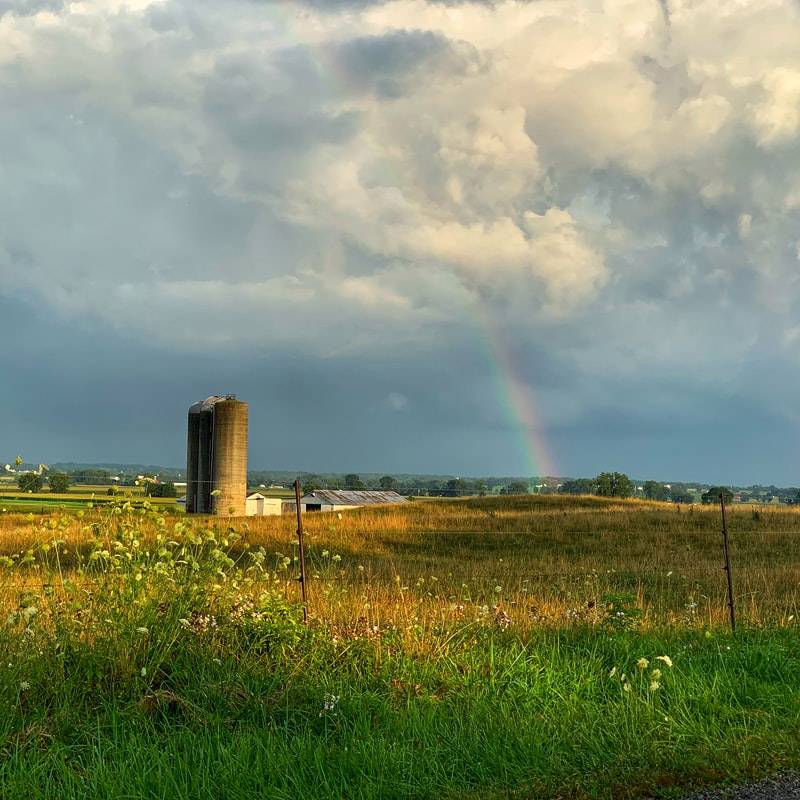Pasture Management in the Fall
By: Mallory Meek, Agriculture and Natural Resources Agent
Owning and maintaining a productive plot of land is no easy task. Fall is an important time to make observations, sample, and plan.
Take Soil Samples
For good grass production, the soil has to have the proper nutrients to support forage growth. Anytime between now and when the ground freezes is a good time to take a soil sample. Your soil test results will give an accurate representation of what your ground may be lacking and what fertilizers need to be applied. Soil sampling can be done through the extension office. Right now, if you submit a soil sample to the extension office DgCo agriculture producers are eligible for up to 5 free soil tests each year thanks to a Douglas County Conservation District grant. Steps to collecting a proper soil sample can be found here.
Fertilize
If you are using your plot of ground for grazing pasture, fertilizing in the fall is recommended. Based off of your soil sample results, 40% of your recommendation should be applied in the late summer to support fall grazing. The remaining 60% should be applied before forage growth in the spring. When you get your results back, your local extension agent will contact you to help you through the process.
Weed Management
Weeds can take many different methods to control. Knowing what weeds you have is important in creating a management plan. Right now is the easiest time to identify weeds. If you wait until spring to identify the new growth, it can be harder to identify. When you know what weeds you have now, it allows you to plan in the spring for additional control methods as many weeds respond best to herbicides earlier in their growing season. We are also moving into the end of the window for some herbicide use. Mowing pasture right now can be a useful method. By mowing you reduce the ability for that weed to reproduce through seed. Also, if you graze cattle, mowing/clipping off the tops of forage can help with pink eye management due to irritation caused by seed heads on both weeds and good forage. For help identifying and creating management plans contact the extension office.
Seeding
We see brome and fescue in plenty in this area of Kansas. Tall Fescue is best seeded in the fall in Kansas. Be sure to use either endophyte-free or nontoxic varieties of tall fescue when seeding if improved animal performance is the main objective. Smooth Brome can be planted in late summer/early fall, winter, and early spring. For DgCo optimum brome seeding dates are Fall: Aug 15-Sept 20, Winter: Dec 1-Feb15, Spring: Feb 15-Apr 1.
Check Fences
At an early age, my grandfather always told me, “it’s not if the cows get out, it’s when”. No matter how good your fence is, livestock always manage to find a way to escape, but that doesn’t mean it is not important to check fences before the temperatures drop. Pay attention to post and fix any broken ones. It is easier to fix now versus when the ground is frozen.
If you have questions regarding how to manage your pasture, contact Mallory Meek, Agriculture and Natural Resources Agent
